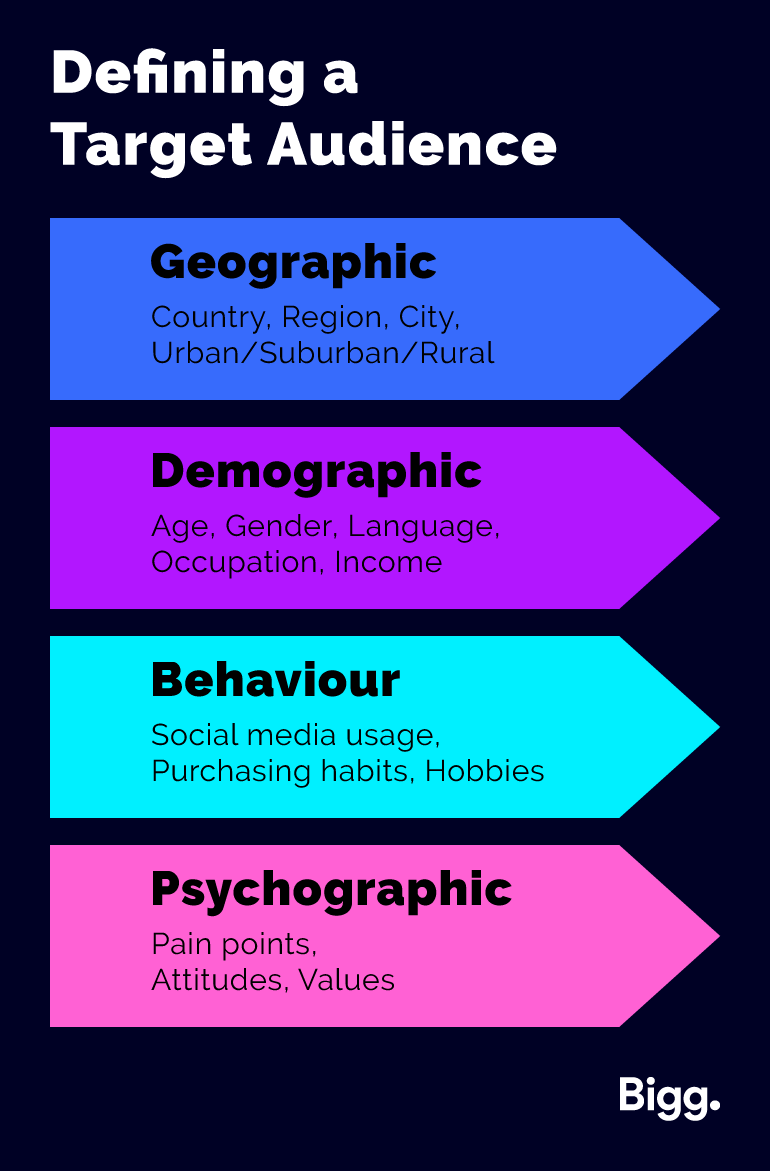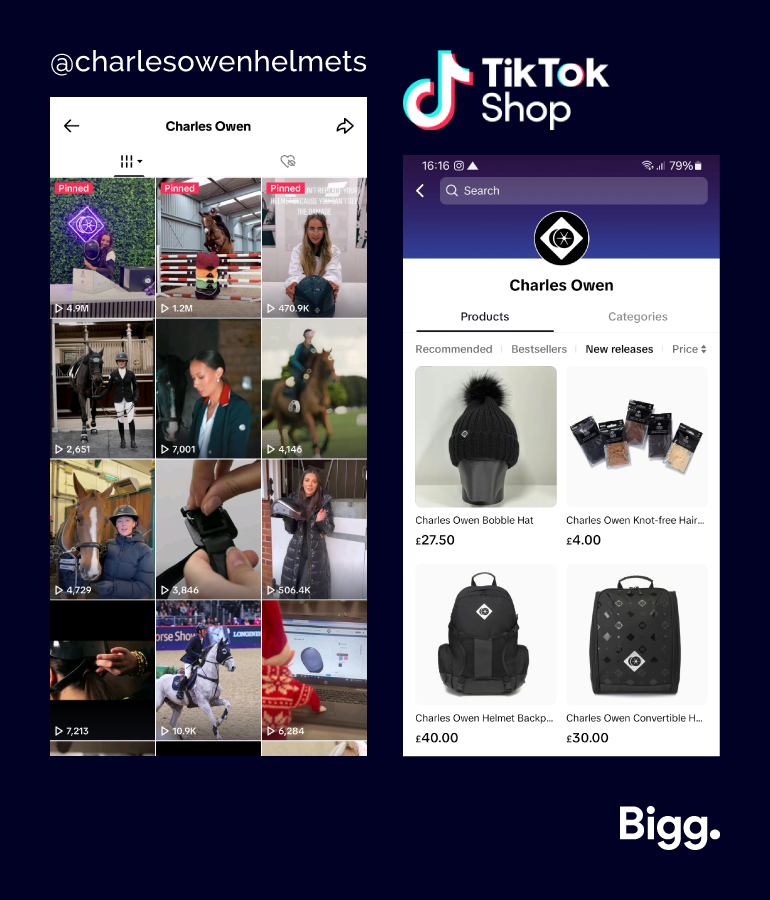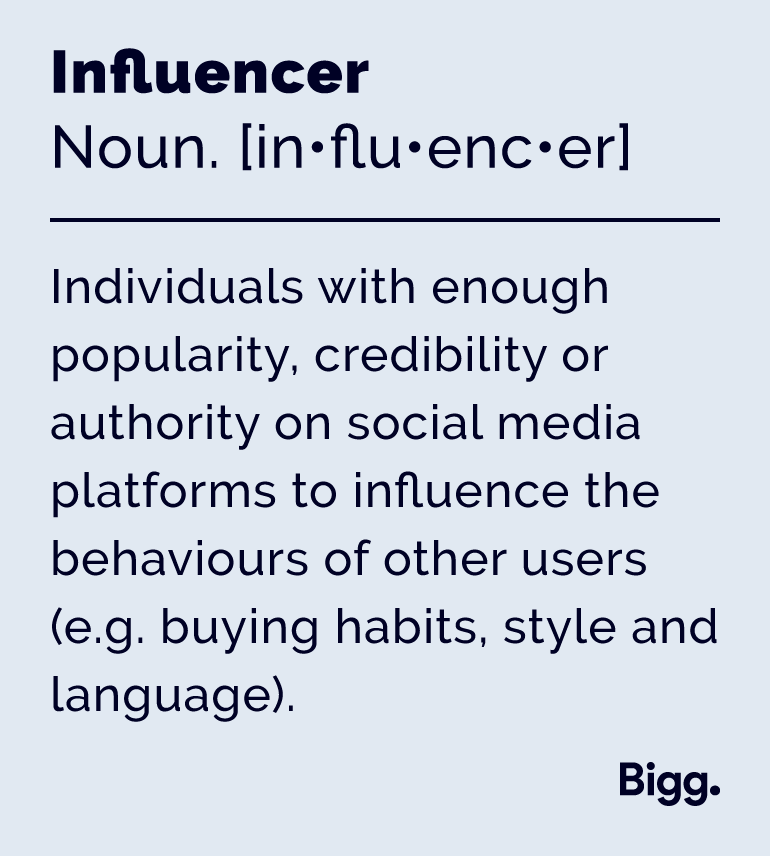The Rise of Social Advertising: Harnessing the Power of Paid Campaigns in 2024
From Gen Z and millennials to Generation X and even baby boomers, a large majority of individuals across all generations will have a presence on at least one social media platform. Whether they use Facebook, LinkedIn, Instagram or any other of the wide range of platforms, there’s no denying that social media is a defining characteristic of the modern landscape.
Its prevalence doesn’t only offer individuals the opportunity to interact, learn and be entertained, but it has also widened the opportunities for marketing strategies – specifically for paid advertisements.
In this article, we’ll discuss the impact social media has had on paid ad campaigns and how it can be utilised in the most effective way, looking at some of the emerging platforms, formats and trends that you can focus on in 2024 to make the most of your social advertising efforts.
The Impact of Social Media on Advertising
Social media hasn’t only fundamentally changed how people communicate with one another, but it’s also changed how they browse online and, more importantly, how they interact with brands.
Whilst this has affected traditional advertising campaigns on the web, it does offer you the unique opportunity to reach your target audience directly. Using a range of specific criteria, such as demographics, interests and behaviours, you are able to reach a highly targeted audience with your ad campaigns on social platforms. This ensures that you are delivering your message directly to the people you want to reach – ideally, these are the people who also want to see it!
There is another factor unique to social media that helps considerably with this: algorithms. In simple terms, an algorithm is a set procedure that a computer programme follows to perform a computation or solve a problem. Essentially, they are the rules, signals and data that govern how a social media platform operates.
These algorithms determine how content is filtered, ranked, selected and recommended to users. This means that what users see on their social media is heavily impacted by content that they have viewed and interacted with previously, with the algorithm working to show them content that is likely to be relevant to their interests.
When it comes to social ads, these are highly beneficial.
Algorithms can group individuals with similar characteristics, preferences and behaviours into distinct segments. You can then target your ads at specific individuals based on which user segments best match the characteristics of your target customers. The algorithm will then help further by showing your ads to the users it believes they are most relevant to.
Because social media allows you to reach the right audiences with your ads, this can work out as being more cost-effective than traditional paid advertising, with there being a higher chance of increased engagement, conversions and return on ad spend (ROAS).
The Rise of TikTok
If there’s one social media platform that’s been on everyone’s lips over the past couple of years, it’s TikTok.
Renowned for its engaging short-form and user generated content, viral challenges and incredibly fast algorithm, TikTok has captured the attention of many, having been downloaded by over four billion users worldwide.
This is an emerging platform in the ad world, with many businesses utilising it to promote their services and products. There are two predominant ways you can do this:
Through TikTok ads
By creating a TikTok profile for your business
TikTok ads work similarly to the way traditional PPC advertising works; you set your budget, targeting and bidding method, upload your photo or video, add your ad copy and CTA, then submit the ad.
As for creating your own profile on TikTok, this allows you to generate authentic content, interact with your customers and utilise popular trends to increase awareness and reach of your business organically.
The Role of Influencers
Trust and authenticity are two of the most important factors consumers value when buying a product – especially when exploring products from a business they’ve never shopped or interacted with before.
Even if you effectively establish a relationship with potential customers online, users are often still hesitant to buy a product based on content provided by the brand alone due to the level of bias involved. This is where influencers come in.
Influencers are individuals who have generated a strong following online, having garnered enough credibility or authority to affect the behaviour of others. People not only enjoy the content influencers put out, but they value and, more importantly, trust their opinions.
Many businesses have recognised this and identified the benefits of working with influencers to advertise their products.
This is done by collaborating with an influencer whose followers also meet the criteria of your target audience; you can then send them your product to test out in the form of a PR package, in hopes that they’ll like it and will share it in a post for their followers to see, or you can pay them to create a sponsored post promoting your product(s) and business.
This not only helps you to reach a wider audience and increase brand recognition, but because their followers trust the influencer’s opinion they are more likely to check your business out and even be more willing to spend their own money to buy the product(s) or service(s) you offer.
Effective Ad Formats: Emerging Trends in 2024
Video
With the rise of short-form videos on various platforms, i.e. TikTok, Instagram Reels and Youtube Shorts, many social media users are choosing to spend their scrolling time engaging with this type of content over heavily text and image-oriented content.
Research shows that the average attention span is a mere 8.25 seconds, meaning you don’t have a lot of time to work with to capture audiences’ attention with your ads. With that said, users tend to spend more time watching videos than they do consuming other content.
This makes videos an effective way to keep your audience’s attention – a fact that can also be applied to your ads!
Here are some key tips to remember when doing so:
Catch audience’s attention immediately: whilst users are more likely to watch a video, their attention span still remains short, so it’s important that you catch their attention from the very first second – keep your video ads eye-catching from the start.
Tell a story in silence: whilst you can incorporate sound into your video ads, ensure that you still visually portray everything your audience needs to know without it; not only is this inclusive of those who are hard of hearing, but many users will watch your video ads without their sound turned on.
Incorporate a clear CTA: as with all forms of ads, you want to prompt your users to take action – remember to use a clear call to action to inform them about the next steps they can take.
Voice
It’s not only important to think about how you present your ads on social media, but think about how your target audience is searching for things on there that might lead them to your business.
One way search is changing is through the use of voice-assistants. The majority of social media users use their mobile for browsing, with the majority of modern smartphones now featuring voice assistance – such as Siri for Apple devices, Google Assistant for Pixel phones and Bixby for Samsung.
Whilst voice assist is more commonly used for general browsing or navigation of a device than on social media, some social media platforms, including TikTok and YouTube, offer the option to use speech as well as text in their search bar.
It’s likely that other platforms will follow suit, with Facebook already in the process of developing its own speech recognition software, a feature that would have the potential to be used to navigate their apps for better hands-free usage.
Many smartphone keyboards also feature an option to use speech over text, allowing users to search social media platforms in this way whenever suits them – offering a faster and more natural way to find relevant content.
So, how do you go about optimising your ads for voice search? We have two top tips in particular that are essential:
Research keywords for voice search: voice search queries tend to be longer and much more conversational in nature compared to text searches – consider focusing on incorporating long-tail keywords and conversational keywords into your ad copy, description and/or hashtags.
Optimise your site for mobile use: those who use voice search are likely doing so on their mobiles, so make sure that your website and landing pages are optimised to be mobile-friendly to avoid a high bounce rate.
Build Your Social Presence with Bigg
Are you struggling to reach the right audience? Ads not performing as well as you’d hope? If you’ve got no experience with building a business presence on social media, then worry not – we’re experts.
At Bigg, our experienced team is on hand to help you with your social and paid advertising. Creating a custom strategy that focuses on your goals, our efforts ensure that your business’ social presence grows steadily and organically whilst your ads reach the right audiences.
Get in touch with us today to take the first steps towards social success.




